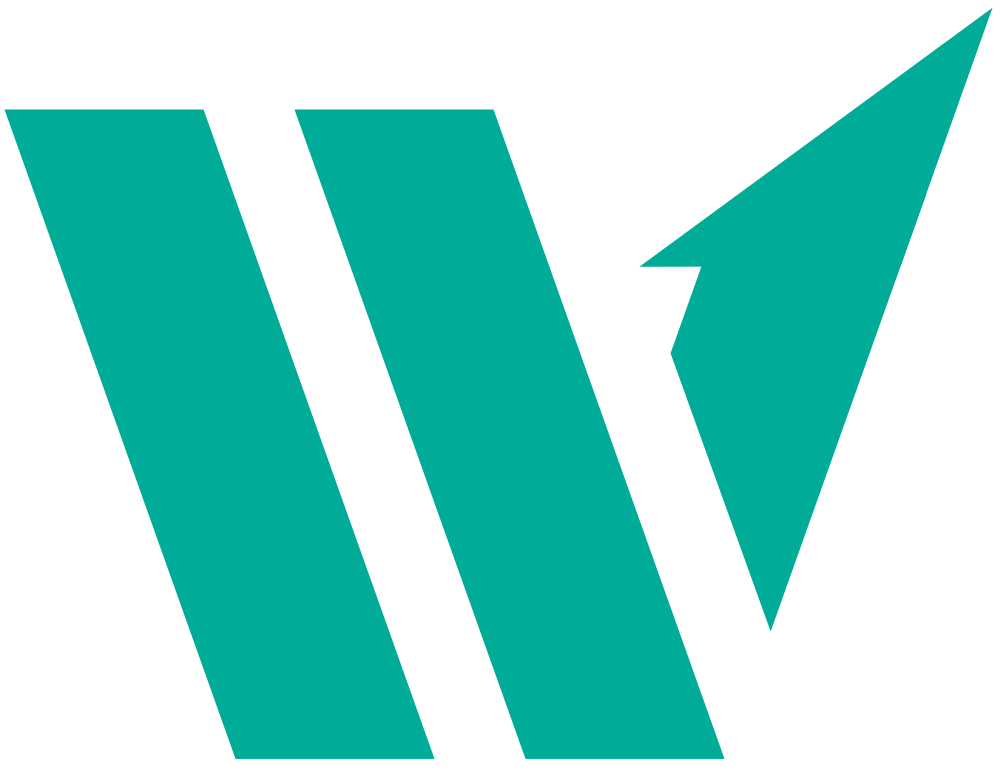In my last blog post, I promised to offer up some tricks and tweaks to help facilitate the daily scrum. Today, I intend to deliver on that promise. Before reading on, I encourage you to read Mastering the Daily Scrum. As a reminder, we previously discussed how to improve and focus our stand up; however, something more tangible is often needed to reinforce the proper mindset. With that in mind, let’s talk about several tools that can help as we facilitate the daily scrum.
Beach Balls and Stand Ups
This works well with newer teams, especially those who give their updates one at a time. To avoid the team looking to the Scrum Master to direct who speaks, bring a beach ball. When someone has the ball, he or she provides an update. When complete, the ball is tossed it to another team member to do the same.
Make Eye Contact Awkward
Pay attention to where people face and look. Are team members always facing and making eye contact only with the product owner? What about with the scrum master? If yes to either, we have a problem. Discourage this bad habit by breaking eye contact. If the subtlety of breaking eye contact isn’t enough, remind the team that the stand up is for them, not for the PO or the SM. Sometimes this still isn’t enough. In those cases, turn and face the wall to break eye contact. The obviousness, awkwardness, and humor should drive the point home.
You’re a Scrum Master And You’re a Scrum Master, Everyone is a Scrum Master
I talked previously about how the daily scrum should be a conversation, not a ceremony. Sometimes teams regress. Sometimes, they wait to be prompted with a question before offering information. If this is occurring, ask a team member to facilitate the stand up while the scrum master silently observes. Rotate this duty across all team members weekly until everyone has had a chance to facilitate. If it’s helpful, ask the PO to remain quiet as well, unless asked a question directly by the team.
Employ the Question of the Day
Once teams understand the focus of the daily scrum, they’ll usually last from 5 to 7 minutes. We can recoup the time to get work done. Or we could use this extra time to learn more about one another by answering the question of the day. These questions could be anything. What’s superpower would you want? Chocolate, vanilla, or strawberry? Whatever. Let the team pick the question before stand up.
Remote Employees as Cardboard Cut Outs
Physical boards are touted as the best medium to use in an agile space, and I agree. Jurgen Appelo, the author of Management 3.0, says that teams don’t need be in the same physical space, but they do need to be in the same mental space. I agree with this as well, and I think we often get the mental for free when teams sit together.
Blend these two ideas by creating or buying life-sized card board cut outs for remote team members and place them in team areas and in the room during stand up. You’ll find these cut outs will provide a richer experience than video conferencing.
That’s all for now. What tools have you used with your teams? I’d love to hear them in the comments below.
Oh. You’re still here? Maybe you’d like to hear the podcast between Andy Bacon from the Agile Uprising and me. After all, it’s not often this introverted agile coach speaks publicly. We talk about my philosophies about agile, challenges we face in the agile community, and many other interesting topics. Click here to listen to it.
Do you want to get notified when new posts are published? Leave your email below.






Do you also recommend using the electronic “Taskboard” during scrum call, in case physical boards is not being used? If yes, how do you ensure that eye contact is maintained and the team does not end up looking at only the board?
Physical boards are ideal especially for teams just beginning their agile journey, but if your team isn’t co-located, your best option is likely a virtual board. I touch a bit on the balance between conversation and board in my previous post:
My point is that the board should be used in support of the conversation, not the other way around. Doing so with ease often requires some expertise at the keyboard, with hot keys, and time in whatever tool you’re using. Of course, with the physical board, all those issues disappear. If you see a team facing the virtual board instead of each other, that’s a good sign that they’re overemphasizing the board over the conversation.
What do you think about the “walk the board” technique from Kanban? In my team, it was extremelly positive and we felt our dailly’s gainned more focus.
Assuming the team is swarming stories (and they should be), I think that’s an excellent technique to generate a team conversation.